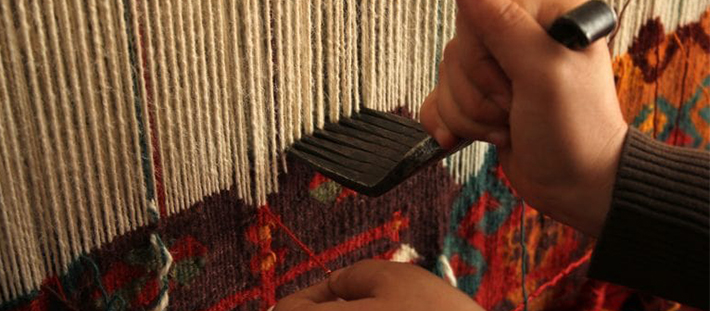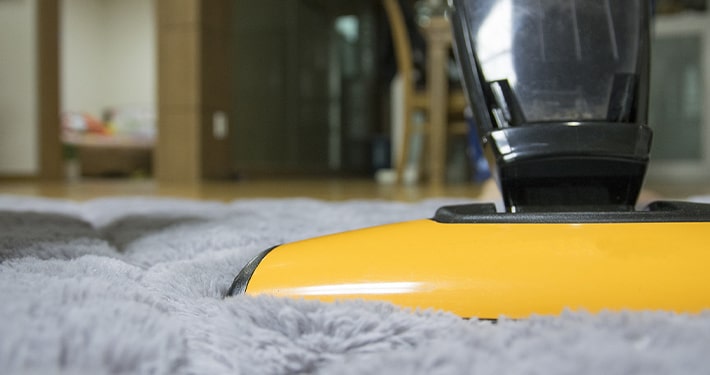Once upon a time, if you were to purchase an Oriental rug, it would have been made from wool or wool and silk without a question. Authentic Oriental rugs are still made from wool. However, there are many fake rugs out there and they’re made from synthetic fibers. How can you tell the difference between these two?
Consider the Price
One of the most obvious giveaways that a rug you’re considering is made from synthetic materials rather than from natural wool is the price. If you’re paying a low price, then you can bet you’re buying a rug made from nylon, rayon, or polyester. Wool rugs are expensive, not only because they use natural wool, but because they’re hand woven by artisans. Synthetic rugs are made on huge power looms (automated machines) and are much, much cheaper.
Look Under the Rug
Flip the rug over and look at the bottom side. Does it feel hard? If so, then you definitely have a rug made with synthetic fibers. Wool rugs are soft on both sides. The design is also clearly visible on the front and back. You’ll never find plastic or rubber backing on a wool Oriental rug.
Judge by Feel
Another area where wool stands head and shoulders above competing materials is in the feel of the rug. Touch the front of it. Does it feel soft, almost buttery? If so, then it is most likely a wool rug. However, if it feels hard, scratchy and stiff, it’s most likely made from a synthetic material.
They Don’t Absorb
While wool isn’t particularly absorbent, it can absorb a great deal more liquid than synthetic fibers can (they’re impermeable and won’t absorb any moisture). A small drop of water placed on a real wool rug will be absorbed. Do the same thing on a synthetic rug and the water will either sit there until it evaporates, or run through the weave to the floor underneath.
Snip and Burn
If you own a rug and you’re curious whether it’s wool or synthetic, snip a few small strands. You literally only need a few short fibers, so don’t cut very much. Take them outdoors and clamp them with a pair of tweezers. Light the fibers with a lighter. If they melt and smell like burning plastic, you have a synthetic rug. If they crumble and smell like burning hair, you have a wool rug.
Check the Labeling or Product Information
If you have access to the product information that came with the rug, you can check the materials list. Synthetic materials must be labeled as such. If your rug has a label on it (generally found on the bottom), it’s most likely a synthetic rug, as handmade rugs are not labeled in this way.
While synthetic rugs can be cost effective, they only last around five years at the most. An authentic wool rug can last for a lifetime or more with the proper care, and is the better investment






